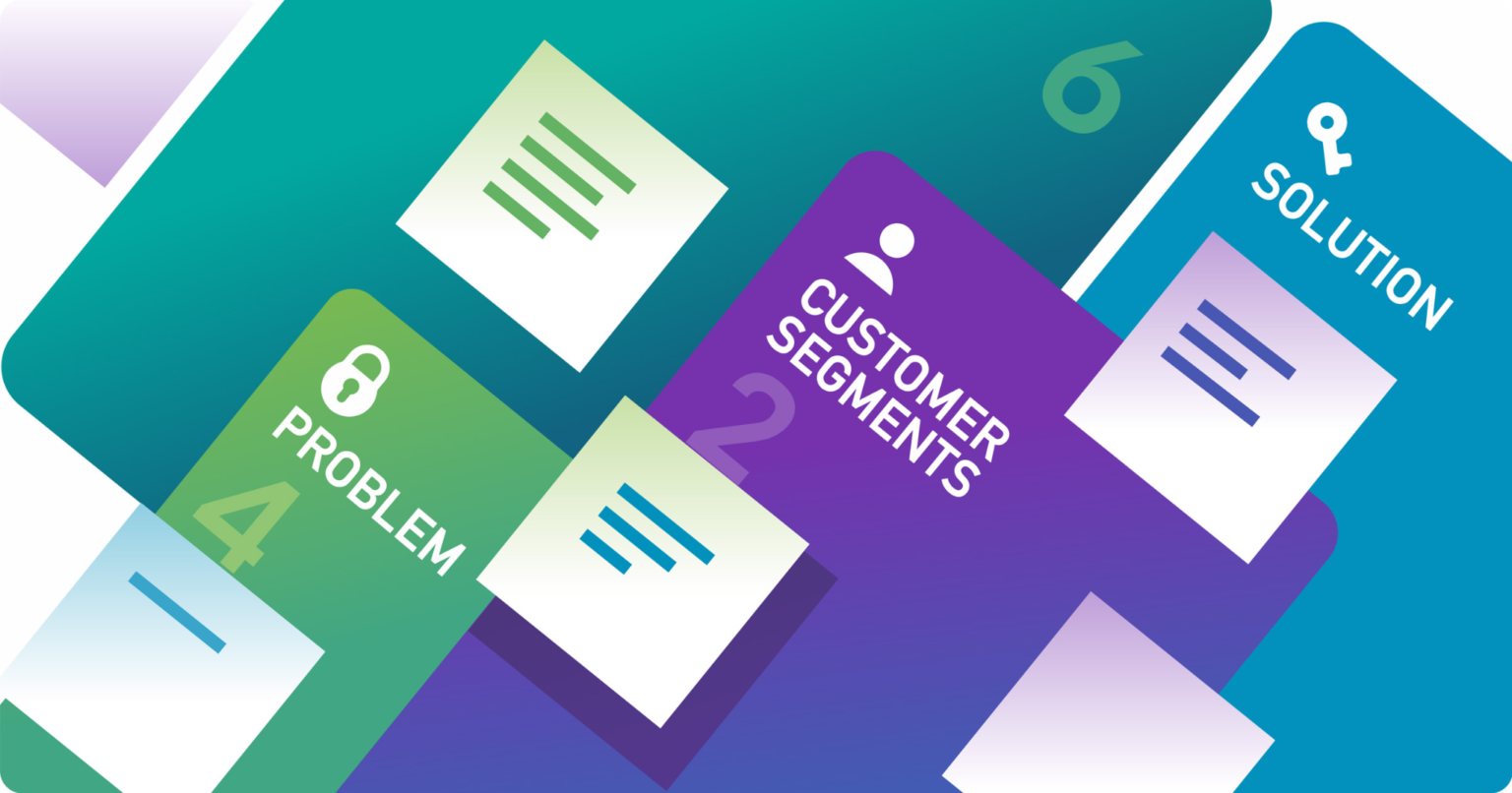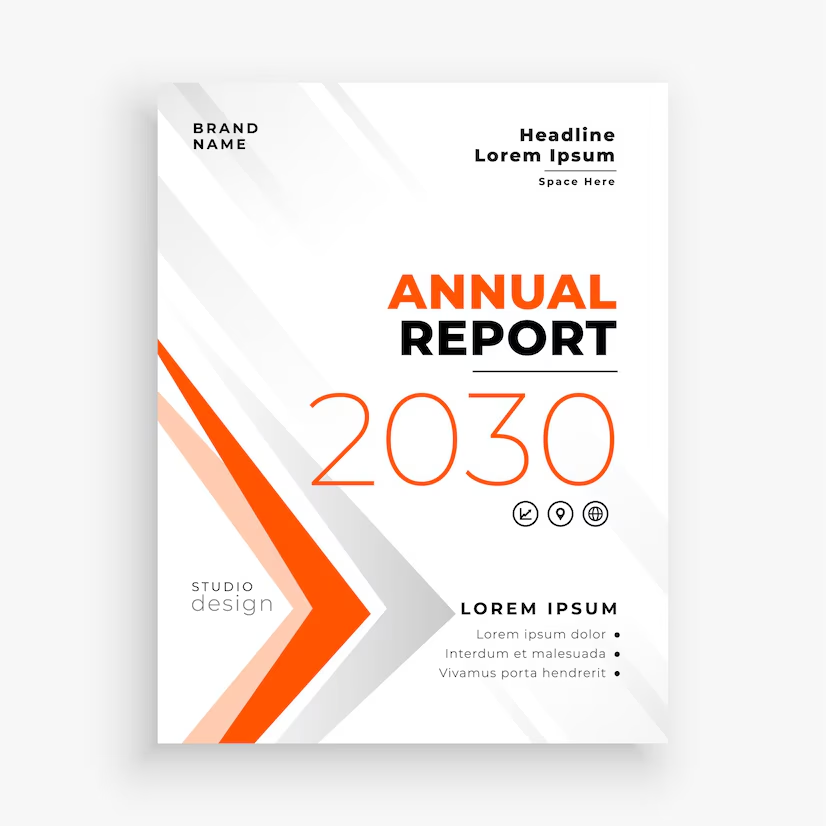It’s a little hard to list all of the critical building blocks you will need to develop, maintain, manage, market, and sell a product on a piece of paper, but with a good Business Model Canvas, you can.
The Business Model Canvas, developed by Alexander Osterwalder in his book – Business Model Ontology, outlines a different prescription that forms the building block of activities which enables new and existing business entities to focus on the strategic and operational aspects of Product Development.
It is simply a one-page summary that describes the high-level strategies needed for the business to get the product to the market. The categories in the canvas are easily customizable and cover the following key areas;
- The value propositions for the product – this refers to what it promises and does.
- The customer segments – this features whom it’s for.
- The key activities are the steps the team should take to complete the project and succeed.
- The essential resources – this refers to the tools, personnel, and budget that the team will access in development.
- The channels – this refers to how the business shall market and sell the product.
- The customer relationships – this refers to how the team will support and work with the customer base.
- The key partners – these are the third parties who will fit into the overall plan of the business.
- The cost structure – these are the kind of costs the business will accrue in development.
- The revenue streams – this is how the company will make money from the product.
Reasons why you should include the Business Model Canvas when developing the Product Roadmap
It will Roadmap very fast
This canvas can be used in just a couple of hours, and you have your Roadmap. This is as compared to having to outline and write down every single detail of the plan beforehand. It allows you to document the highlights.
It is more agile
One of the biggest problems with the old structure business model is that it was traditional and inaccurate. The Business Model Canvas is accurate and more agile to the scrum team.
The Roadmap will easily pivot as needed
If you create the Roadmap using the Business Model Canvas, and then something happens and you must re-prioritize or even pivot the product, this will be a lot easier to do with this model. This is because it is a one-page model of the strategic plans, and you can quickly spot any plans or items that need to be changed or updated.
The Lean Canvas Model
The Lean Canvas Model was explicitly designed for startups and outlines components targeted towards a lean startup process. The Lean Canvas can be utilized when you need to validate your concepts and ideas. Productfolio is a useful product management tool that makes the entire process easy for your team, helping you with roadmapping, product brief definition, insight collection, etc.
Companies will tend to use the Business Model when they have already validated their business and can already be referred to as a “traditional business.”
Benefits of the Business Model as compared to the Lean Model
- It defines all the key activities that will generate revenue and value for the business
- It encourages the most strategic relationships with the partners and clients
- It enables you to test any existing model against the market.
Disadvantages of the Business Model Canvas
- It is not accommodative of businesses in the very early development stages
- It has some risky assumptions and does not offer any way of verifying them.
- It is more focused on the business result and does not define the strategic steps of getting there.
Advantages of the Lean Model over the Business Model
- It is more focused on understanding the problem which the business wants to solve.
- It more restraining the “solutions” box and also encourages easy and simple ideas.
- It comes up with metrics that can evaluate the business in the right direction.
- It accounts for all uncertainties, incomplete data, and assumptions.
Disadvantages of the Lean Method
- It overemphasizes the internal focus and does not account for the ecosystem surrounding the business.
- It has limits in terms of strategic thinking.
- It lacks the “Resources” box, and this leads to unrealistic ideas.
Conclusion
The process of creating a Business Model canvas and adding new ideas on a single page of the paper will undoubtedly make your work easier. It is, however, essential to identify when to use the Business Model Canvas and when to use the Lean model.
They offer you an opportunity to think and analyze the assumptions and guesses you may have made in the development process, providing an excellent reference point for the company.











